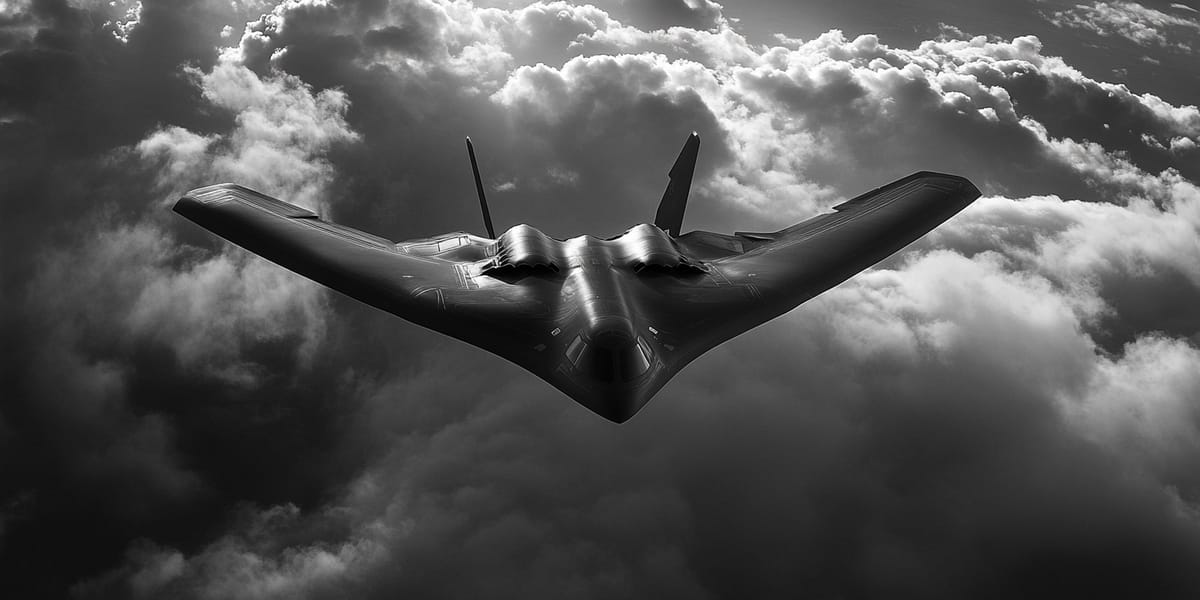US Deploys B-2 Bombers as Trump Pressures Iran for Nuclear Deal

The United States has positioned six B-2 stealth bombers on an island in the Indian Ocean, representing a significant military escalation aimed at pressuring Iran into a new nuclear deal. These aircraft, among America's most powerful bombers, have been deployed to Diego Garcia as part of President Trump's strategy to force Tehran to dismantle its nuclear program.
Iran is approaching a point where it has enough enriched uranium to develop atomic bombs. While additional steps would be needed before Iran could deploy such weapons, nuclear powers Israel and the United States consider the current situation unacceptable. Last month, President Trump sent a letter to Ayatollah Khamenei demanding direct negotiations on dismantling Iran's nuclear program.
Iran's Supreme Leader dismissed Trump's letter as "bully tactics" and refused direct talks, though Foreign Minister Araghchi indicated Iran would consider indirect negotiations through Omani mediation. Despite this, Trump stated Thursday he wants direct discussions and believes Iran wants them too, while earlier warning: "If they don't make a deal, there will be bombardments."
The B-2 bombers, costing approximately $2 billion each, can deliver the Massive Ordnance Penetrator, one of few weapons capable of reaching Iranian nuclear facilities buried dozens of meters underground. "This is Trump's way of backing up his threat," says conflict researcher Erwin van Veen from Clingendael Institute, though he questions whether Washington will follow through.
American intelligence agencies report Israel plans to attack Iran's nuclear program within months, now that Hamas and Hezbollah have been seriously weakened. "Israel lacks the military capacity to strike the underground Iranian facilities," notes van Veen, while the US has positioned these capabilities with six of its twenty B-2 bombers at Diego Garcia.
The US military buildup includes an additional aircraft carrier headed to the Middle East. The Houthis in Yemen remain Iran's strongest regional ally, and Trump continues his predecessor's policy of bombing them, occasionally using B-2s. However, experts previously told NOS that air strikes alone cannot defeat the Houthis.
Similar limitations may apply to potential airstrikes on Iran's nuclear centrifuges. "You can't bomb away knowledge about uranium enrichment," says van Veen. Reports suggest some Iranian nuclear complexes are more than 150 meters underground, beyond the reach of even the GBU-57 penetrator bombs. Iran would likely respond to such attacks with its extensive missile arsenal, which it used twice against Israel last year. "An airstrike on Iran's nuclear program risks a prolonged conflict in the Middle East," van Veen warns.
The Iran situation unfolds as Trump prepares to announce major "Liberation Day" tariffs, designed to address trade imbalances. European markets have already shown concern, with indices falling on fears of slower global growth. The White House has kept details secret until the scheduled 4 p.m. Rose Garden announcement, creating uncertainty among U.S. trading partners worldwide.




